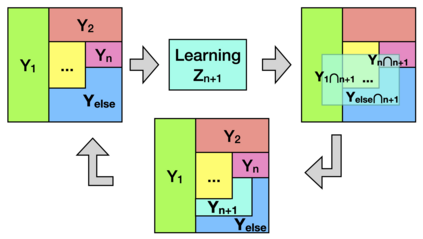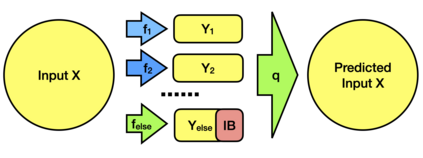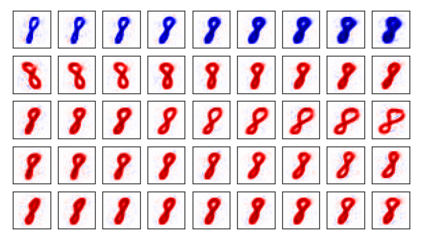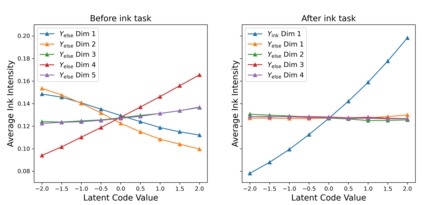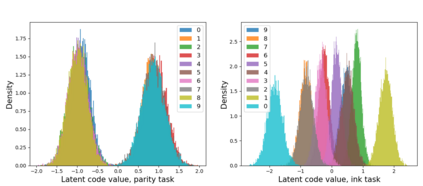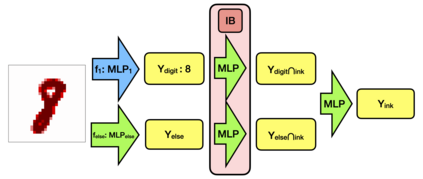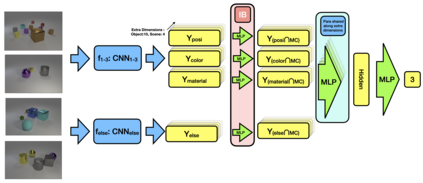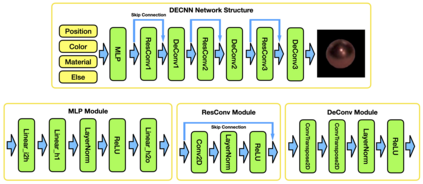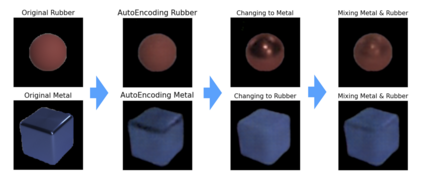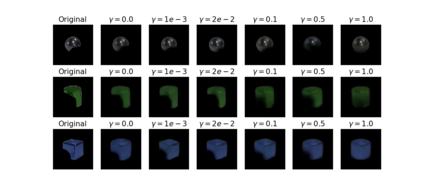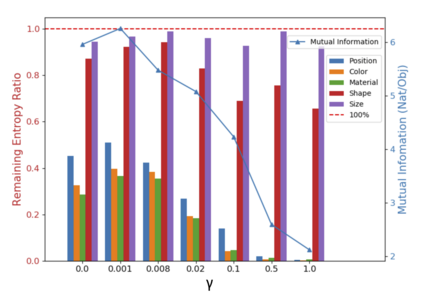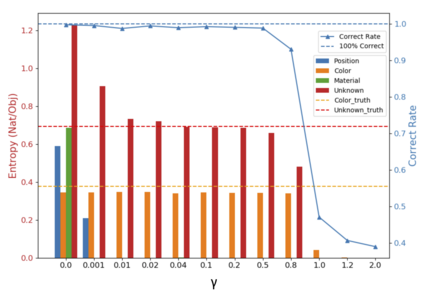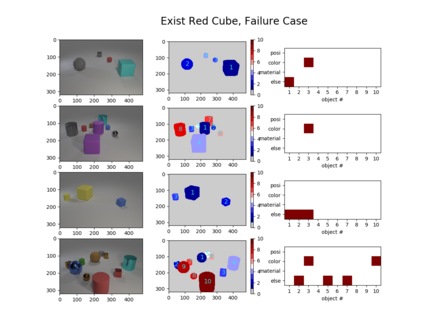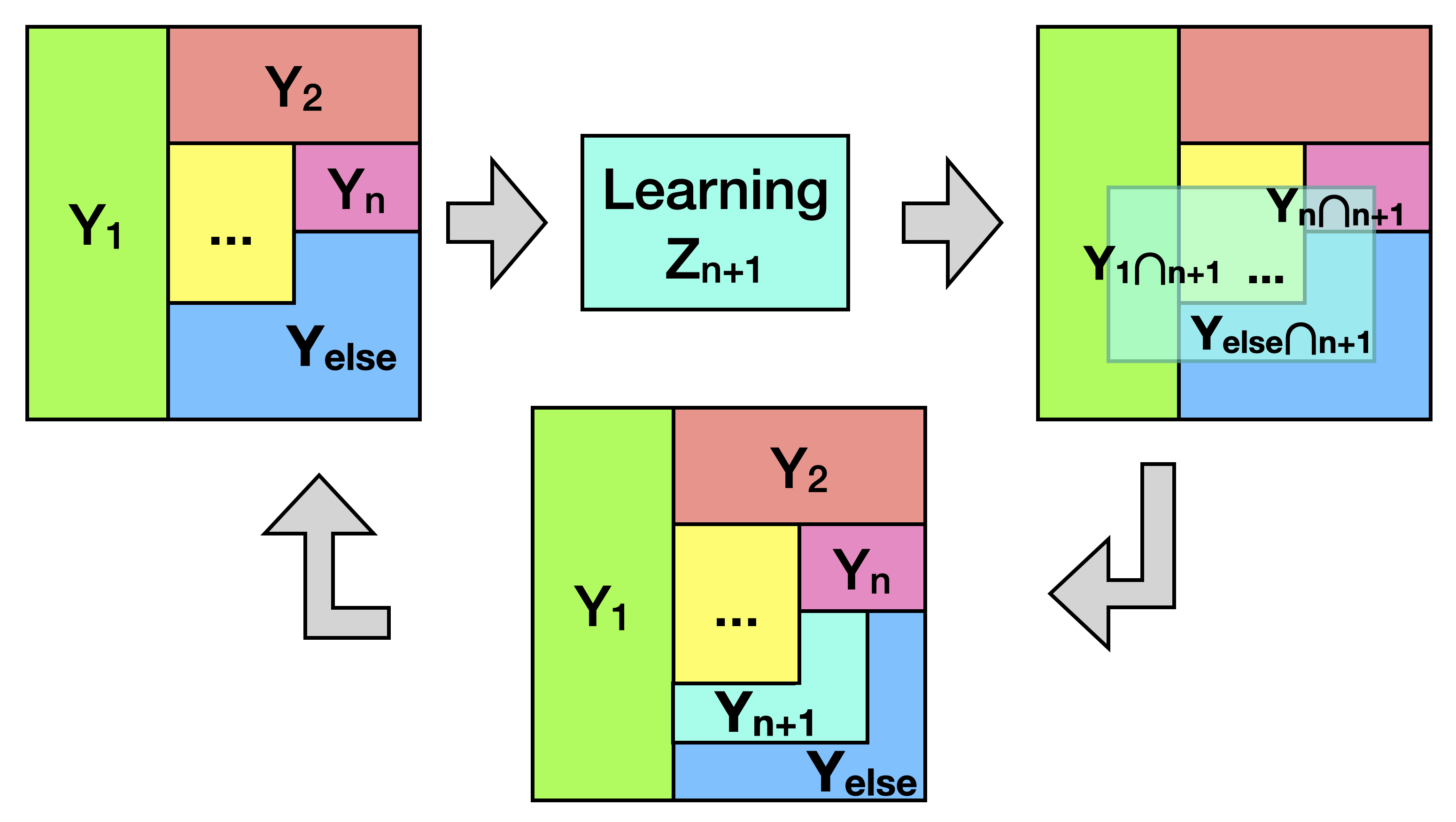A deep neural network is a good task solver, but it is difficult to make sense of its operation. People have different ideas about how to form the interpretation about its operation. We look at this problem from a new perspective where the interpretation of task solving is synthesized by quantifying how much and what previously unused information is exploited in addition to the information used to solve previous tasks. First, after learning several tasks, the network acquires several information partitions related to each task. We propose that the network, then, learns the minimal information partition that supplements previously learned information partitions to more accurately represent the input. This extra partition is associated with un-conceptualized information that has not been used in previous tasks. We manage to identify what un-conceptualized information is used and quantify the amount. To interpret how the network solves a new task, we quantify as meta-information how much information from each partition is extracted. We implement this framework with the variational information bottleneck technique. We test the framework with the MNIST and the CLEVR dataset. The framework is shown to be able to compose information partitions and synthesize experience-dependent interpretation in the form of meta-information. This system progressively improves the resolution of interpretation upon new experience by converting a part of the un-conceptualized information partition to a task-related partition. It can also provide a visual interpretation by imaging what is the part of previously un-conceptualized information that is needed to solve a new task.
翻译:深心神经网络是一个很好的任务解答器, 但很难理解它的运作。 人们对于如何对它的运作进行解释有不同的想法。 我们从一个新的角度来看待这个问题, 通过量化多少和哪些先前未使用过的信息来综合对任务解答的解释, 除了用于解决先前任务的信息之外, 还要用多少和哪些信息来利用过去未使用的信息。 首先, 在学习了几项任务之后, 网络获得了与每个任务相关的若干信息分隔。 我们建议网络学习最起码的信息分隔, 以补充以前学到的信息分隔来更准确地代表输入。 这种额外分割与以前任务没有使用的非概念化信息相关联。 我们设法找出哪些非概念化的信息解析和量化数量。 要解释网络如何解析新任务, 我们用元信息分隔技术执行这个框架。 我们用新的MNIST和 CLEVR 数据集测试这个框架。 这个框架显示能够将信息解析不兼容的信息分割法和视觉解析法的解析过程, 也是通过新信息解析法的解析方式, 将一个非概念化的解析的解析过程, 也是通过解析方式改进了新信息流路路路路。

